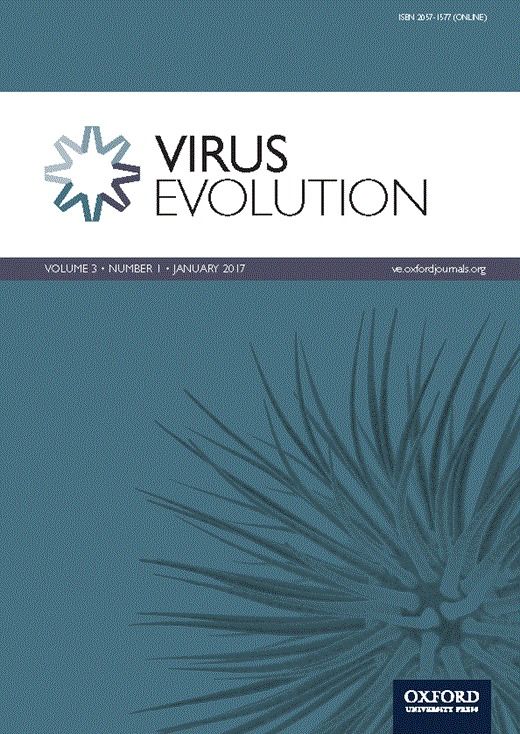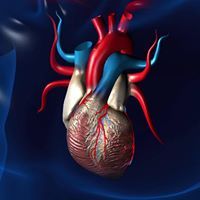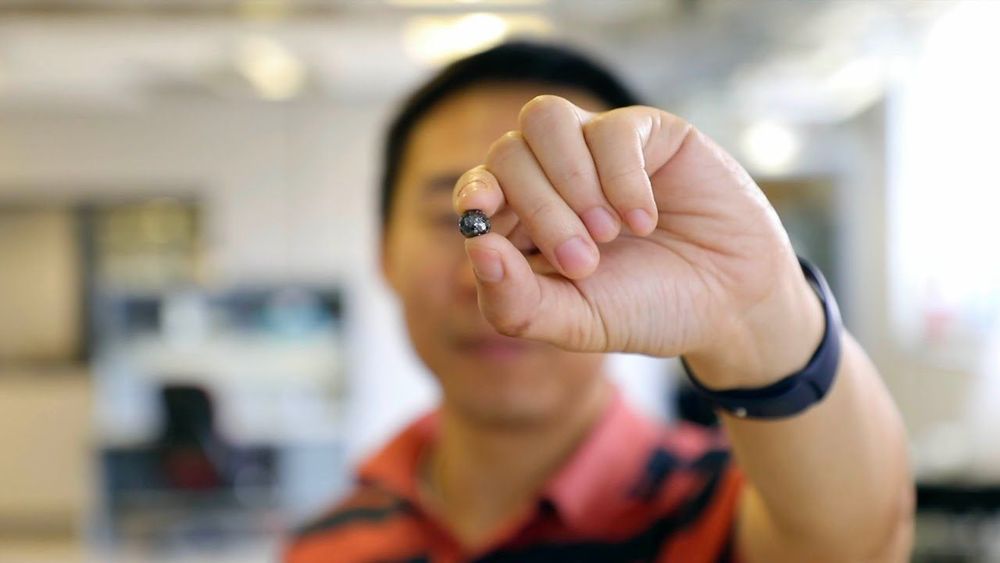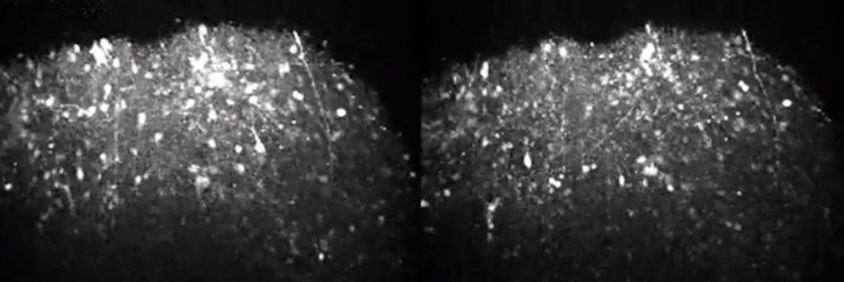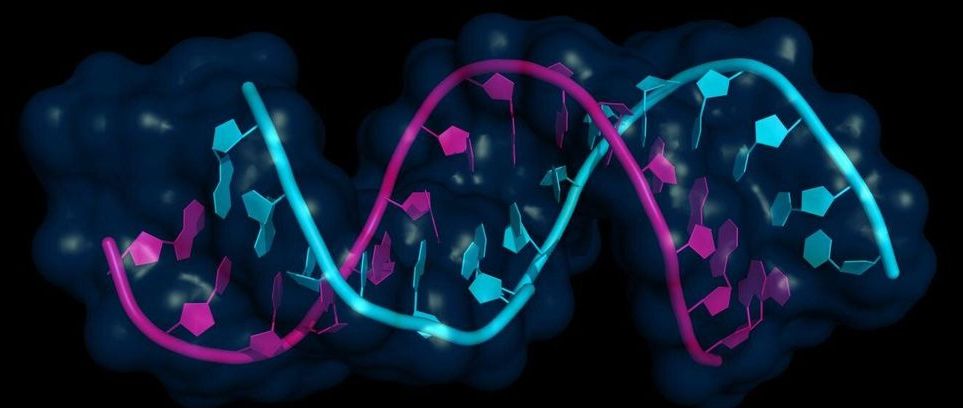Jan 22, 2020
ResearchGate: Kenya is having a locust crisis
Posted by Omuterema Akhahenda in category: computing
Can this “shed new light” on the scourge To explore new physical means in controlling locusts, semiconductor continuous diode laser (wavelength 808nm, power 2W) was used to evaluate the effect of laser irradiation on locusts(Locusta Migratoria Manilensis) and host plants (fresh Gramineous Plant Green Bristle Grass).At different distances and time, the heads of Ⅰ-Ⅲ instar nymphs and Ⅵ-Ⅴ instar nymphs were irradiated, and the death rate was observed two hours, two days and three days after treatment;the leaves and stems of host plants were irradiated, and the growth state was observed. The results indicated that the locusts were killed when power density nears the tissue’s thermal damage threshold.
